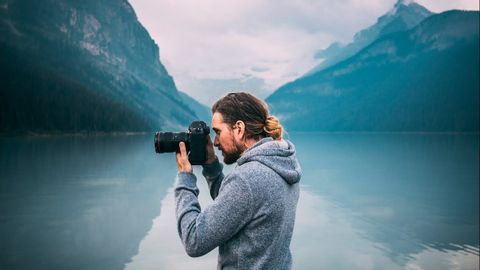初心者の写真のミス - より良い写真を撮るために避けるべきこと (Beginner Photography MISTAKES - What to avoid to take better photos)
jhyang0529 が 2021 年 01 月 14 日 に投稿  この条件に一致する単語はありません
この条件に一致する単語はありません- v.t.(人を騙すために)ふりをする : 装う;仮定する : 推測する;(責任 : 任務などを)負う : 引き受ける
US /ˌrɛprɪˈzɛnt/
・
UK /ˌreprɪ'zent/
- v.t.飲み物などを注ぐ;チップをあげる;密告する;傾ける;傾ける;ちょっと触る
- n.先端;チップ;ヒント;ごみ捨て場;汚れた場所;秘訣
- v.t.でっちあげる;丁寧に言葉で表す;絵や写真を額に入れる;組み立てる;囲む
- n. (c./u.)額縁;骨格;骨組み;心理状態;フレーム
エネルギーを使用
すべての単語を解除
発音・解説・フィルター機能を解除

